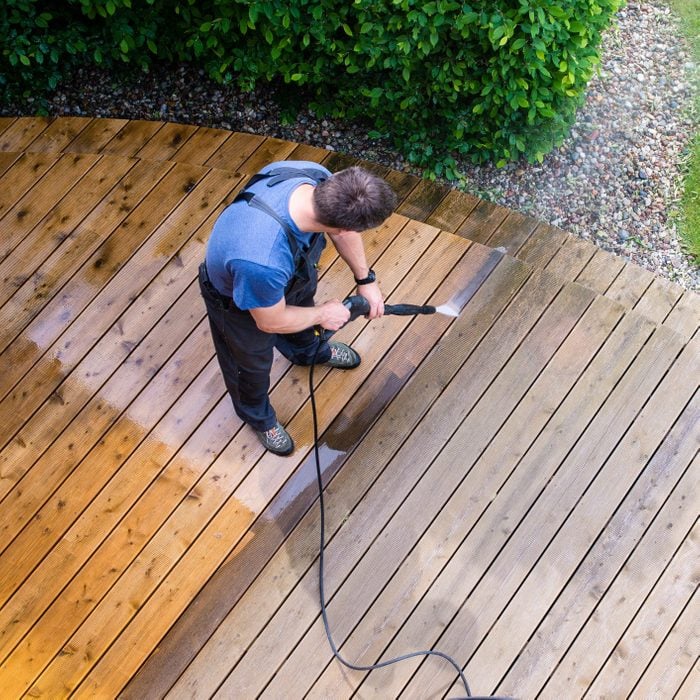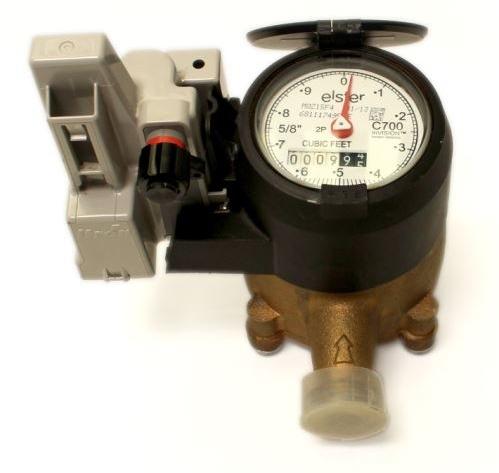Speedy Steps for Low Water Pressure in Your Home
Speedy Steps for Low Water Pressure in Your Home
Blog Article
Just how do you really feel when it comes to Dealing with Low Water Pressure in Your Home?

Low water pressure in your home can be an irritating problem, affecting whatever from bathing to washing meals. If you're experiencing weak water circulation, there are numerous possible causes and options to discover. In this guide, we'll go over common factors for low water pressure and functional actions to attend to the issue properly.
Intro to Low Tide Stress
Low tide pressure takes place when the flow of water from your faucets, showers, and various other components is weaker than usual. This can make everyday tasks extra difficult and less efficient. Understanding the sources of low tide stress is essential to finding the best service.
Common Root Causes Of Low Tide Stress
Faulty Stress Regulators
Pressure regulators are in charge of keeping constant water pressure in your home. If they malfunction, it can result in low tide pressure or uneven circulation throughout your house.
Metropolitan Supply Of Water Issues
Occasionally, the issue lies outside your home. Metropolitan water system issues, such as main line leaks or upkeep work, can momentarily lower water stress in your location.
Pipe Obstructions
With time, pipes can come to be blocked with mineral deposits, debris, or debris, limiting the flow of water. This is a common concern in older homes with galvanized steel pipes.
Deterioration
Corrosion within pipelines can result in leaks and reduced water pressure. Corrosion buildup can restrict water flow, especially in maturing plumbing systems.
Just How to Identify Low Tide Stress
Checking Pipelines
Examine visible pipelines for indications of leaks, rust, or blockages. Focus on any kind of uncommon noises, such as banging or rattling pipes, which can suggest concerns within the plumbing system.
Consulting with a Plumber
If you're incapable to pinpoint the reason for low water pressure, consider employing a professional plumber to conduct a complete evaluation. They can determine underlying concerns and recommend suitable solutions.
Examining Taps and Components
Begin by evaluating the water pressure at various taps and components throughout your home. If the problem is separated to details locations, it may show localized problems.
DIY Solutions to Take Care Of Low Tide Stress
Flushing Water Heater
Debris accumulation in the water heater can limit circulation and minimize effectiveness. Flushing the tank regularly assists remove sediment and keep ideal performance.
Examining Stress Regulator
Make sure that the stress regulatory authority is operating appropriately. Readjusting or changing the regulatory authority can aid restore appropriate water stress throughout your home.
Cleaning Up Aerators and Showerheads
Mineral deposits can accumulate in aerators and showerheads, decreasing water circulation. Remove and clean these components on a regular basis to boost water pressure.
Cleaning Clogs in Pipes
For small obstructions, try utilizing a plumbing snake or chemical drainpipe cleaner to clear blockages in pipes. Be cautious when using chemicals and comply with security guidelines.
When to Call an Expert Plumber
If do it yourself efforts stop working to settle the issue or if you believe substantial plumbing troubles, it's finest to look for support from a qualified plumber. They have the know-how and devices to deal with intricate issues securely and successfully.
Safety Nets to Maintain Water Stress
Mounting a Stress Booster
Consider setting up a pressure booster pump to boost water pressure in areas with regularly reduced circulation. This can be especially helpful for multi-story homes or properties with high-demand components.
Tracking Water Use
Bear in mind water use habits and avoid ill-using the plumbing system. Straightforward modifications, such as incredible showers and laundry lots, can aid maintain appropriate water pressure.
Routine Upkeep
Schedule regular upkeep for your plumbing system to avoid concerns such as corrosion, leaks, and obstructions. Attending to minor troubles early can assist avoid more considerable repairs later on.
Final thought
Dealing with low water pressure can be irritating, yet recognizing the underlying causes and applying appropriate options can restore optimal flow throughout your home. Whether it's cleaning up aerators, evaluating pipelines, or talking to a plumber, taking aggressive actions can make certain a constant supply of water for your day-to-day demands.
FOUR WAYS TO FIX LOW WATER PRESSURE NOW
Turning on a shower or faucet only to find the water comes out in a sad, slow drizzle is never a good feeling. How exactly are you supposed to wash a pan or take a quick shower when it takes 10 minutes just to rinse off a little soap? The good news is that when your water pressure is bad, there's always a cause: typically one that can be easily fixed. Here are some of the most common causes of low pressure and what you can do to fix the issue:
DEBRIS AND MINERAL DEPOSIT BUILDUPS
If you notice low water pressure from just one or two of the fixtures in your house, the problem likely has to do with debris buildup. Water is full of minerals and other debris, all of which can accumulate in your pipes and on your fixtures. This can cause a blockage that affects how much water flows through. To fix this, try filling a small plastic bag with white vinegar, and use a rubber band to hang it around your showerhead or faucet. Let the head of the fixture soak for a few hours, and the vinegar should loosen the deposits.
WATER LEAKS
Leaks are another common cause of low water pressure. If water is flowing out of your plumbing through a hole or crack before it can reach your fixture, the pressure coming out of the faucet or showerhead will be lower. A plumbing professional is your best bet for finding and repairing a leak in your water supply pipes.
Leaks are another common cause of low water pressure. If water is flowing out of your plumbing through a hole or crack before it can reach your fixture, the pressure coming out of the faucet or showerhead will be lower. A plumbing professional is your best bet for finding and repairing a leak in your water supply pipes.
A VALVE ISSUE
If you have low water pressure throughout your home, check your main shut-off valve to make sure it's completely open. You may also want to see if there's a pressure-reducing valve installed. If there is, have a plumber help you adjust the settings to get the pressure you're looking for.
OTHERS USING WATER
Believe it or not, your low water pressure could be caused by your neighbors. If you notice low pressure at certain times of day, it may be because you and the people living next to you have similar schedules - when everyone is showering at the same time, the pressure will be lower in every home. Low pressure throughout the neighborhood may also be caused by an issue with your municipal water supply. If that's the case, call the supplier to see if they're working on the issue.
https://www.rotorooter.com/blog/water-leaking/low-water-pressure-fixes/

As a serious person who reads about , I was thinking sharing that short article was a good thing. Please pause to distribute this write-up if you enjoyed it. Kudos for being here. Please pay a visit to our website back soon.
Schedule Your Service Report this page